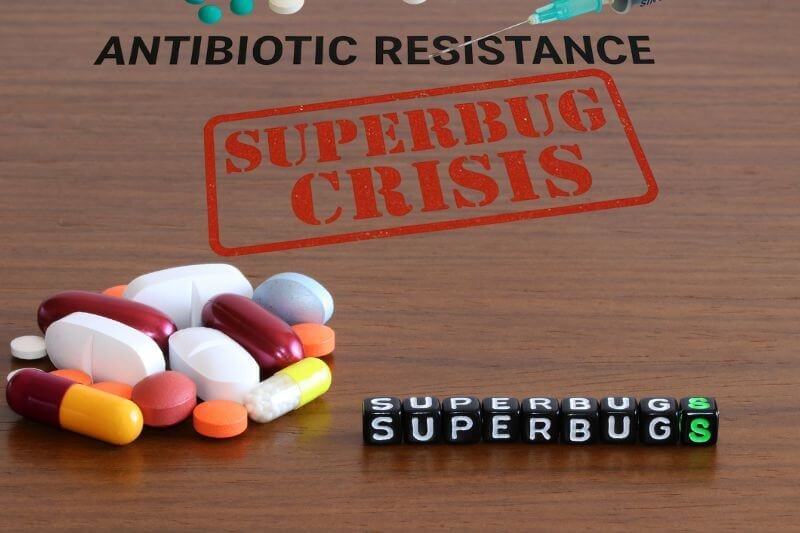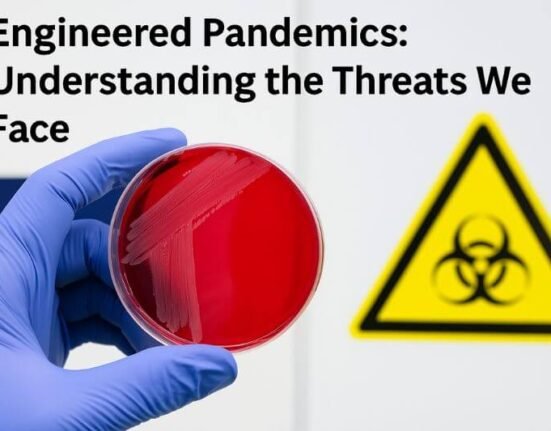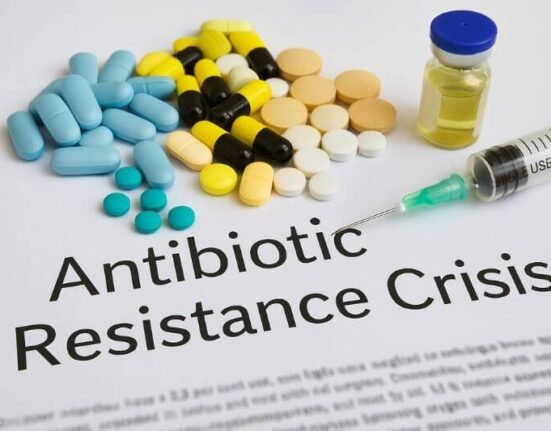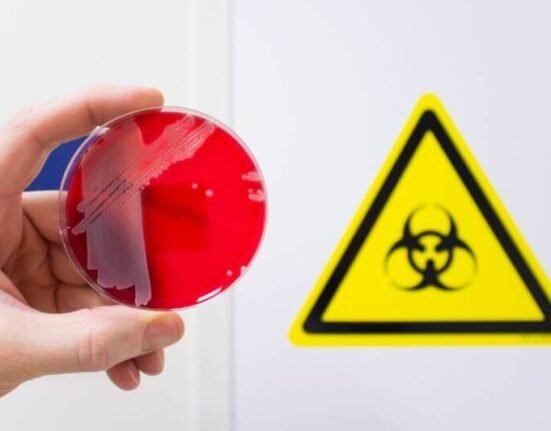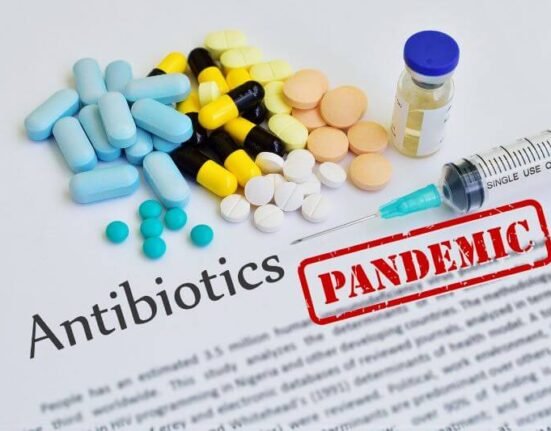Could Antibiotic Resistance Trigger the Next Global Crisis?
The Silent Pandemic Already Spreading
While the world was busy recovering from COVID-19, another crisis was quietly accelerating—one without masks, lockdowns, or a clear cure.
It doesn’t spread through airports. It spreads through prescriptions.
And unlike viruses, it can survive everything we throw at it.
We’re talking about antibiotic resistance—the rise of superbugs that no longer respond to modern medicine.
This isn’t a distant future threat. It’s happening now. And for survivalists, it could become one of the most dangerous and underestimated collapse scenarios of the next decade.
What Is Antibiotic Resistance?
Antibiotic resistance occurs when bacteria evolve to survive exposure to drugs designed to kill them.
Over time—and often due to misuse—these bacteria mutate into strains that are:
- Immune to treatment
- Highly contagious
- Lethal in hospitals and communities
These mutated strains are called superbugs.
The Global Scope of the Problem
- Over 1.27 million deaths were directly attributed to resistant infections in 2019, according to The Lancet.
- WHO has classified antibiotic resistance as one of the top 10 global health threats.
- By 2050, it could kill 10 million people per year—more than cancer.
Key Superbugs Identified:
| Superbug | Resistance Type | Common Infections |
|---|---|---|
| MRSA | Methicillin | Skin, bloodstream, lungs |
| CRE | Carbapenems | Urinary tract, sepsis |
| VRE | Vancomycin | Intestinal, wound infections |
| XDR-TB | All first-line TB drugs | Lungs |
These bacteria evolve faster than the pharmaceutical industry can respond.
How Did We Get Here?
1. Overuse in Humans
Doctors often prescribe antibiotics:
- For viral infections (where they don’t work)
- “Just in case” rather than with lab confirmation
Result: bacteria adapt and survive.
2. Overuse in Agriculture
In the U.S., 70–80 % of all antibiotics are used on livestock—often preventively, not therapeutically.
These residues enter:
- Meat
- Soil
- Water
And contribute to cross-species resistance.
3. Global Travel and Trade
A resistant strain in one country can circle the globe in days, especially in areas with weak healthcare systems.
Why Survivalists Should Be Alarmed
Most people rely on:
- Hospitals for infection treatment
- Pharmacies for antibiotics
- Clean environments to prevent contamination
But during a collapse or crisis:
- Hospitals may be overwhelmed or inaccessible
- Pharmacies could be empty
- Sanitation could fail
In this context, a small wound could become a death sentence.
Antibiotic resistance turns minor injuries into major threats—especially when clean water, antiseptics, and sterile supplies are limited.
Collapse Scenarios Triggered by Antibiotic Resistance
Scenario 1: Hospital System Collapse
An outbreak of a drug-resistant infection in one ICU → spreads through staff → hospital lockdowns → civilian panic.
This happened during COVID-19. Superbugs make it worse.
Scenario 2: Post-Conflict Infection Outbreak
After a natural disaster or armed conflict, wounds become infected. Without functioning healthcare, community outbreaks of MRSA or CRE decimate survivor populations.
Scenario 3: Mutation in High-Density Urban Zone
A drug-resistant respiratory bug spreads through a dense urban area. No effective treatment. Quarantine fails. People flee—spreading it further.
How to Prepare for an Antibiotic Resistance Crisis
As survivalists, we prepare for infrastructure breakdowns, war, or famine. This is no different—except the enemy is microscopic and everywhere.
1. Stock Alternative Medical Supplies
✅ Herbal Antimicrobials:
- Garlic (allicin)
- Oregano oil
- Colloidal silver
- Echinacea
- Usnea
- Berberine
✅ Antiseptics:
- Povidone-iodine
- Hydrogen peroxide (3%)
- Rubbing alcohol
- Betadine
✅ Natural Antibiotic Replacements:
- Raw honey (especially Manuka)
- Tea tree oil (for topical use)
- Clove oil (for dental infections)
2. Acquire Fish Antibiotics (Where Legal)
In some countries, fish antibiotics like amoxicillin, ciprofloxacin, and doxycycline are identical to human versions.
✅ Only use if:
- You are trained or advised by a healthcare provider
- You’ve checked dosage and expiration carefully
Note : Ceci est à usage éducatif uniquement – respecte toujours les lois locales.
3. Practice Antiseptic Survival Habits
✅ Sterilize:
- Tools
- Hands
- Surfaces
✅ Learn:
- How to irrigate wounds properly
- How to apply pressure bandages
- How to make poultices and herbal compresses
💡 Infections don’t just come from trauma. They come from cuts, teeth, burns, or improperly stored food.
4. Strengthen Your Immune System Now
Prevention > treatment
✅ Daily habits:
- Probiotic-rich foods (fermented vegetables, yogurt)
- Avoid over-sterilization (build natural microbiome)
- Manage blood sugar (diabetics are high-risk)
- Stay active, rest well, manage stress
A strong immune system is your first defense against superbugs.
5. Create a Medical Mutual Aid Network
If SHTF, your access to:
- Doctors
- Nurses
- Medics
- Herbalists
…will determine your medical resilience.
✅ Organize now:
- Share knowledge
- Build trust
- Store communal medical supplies
Knowledge becomes survival currency.
Are New Antibiotics Being Developed?
Yes, but slowly.
Big Pharma avoids antibiotic development because:
- It’s not profitable (short-term use, fast resistance)
- Research is expensive
- Approvals take years
Only 6 new antibiotic classes have been discovered since 1980.
Some biotech startups and nonprofits are working on:
- Bacteriophage therapies
- CRISPR-based antimicrobials
- Engineered peptides
But survivalists can’t count on this in time.
Could Antibiotic Resistance Lead to Global Collapse?
Yes.
A prolonged superbug pandemic could:
- Overwhelm healthcare
- Freeze global travel
- Disrupt food production (infected workers)
- Trigger martial law
- Collapse public trust
In 2023, the WHO listed XDR pathogens as having “catastrophic pandemic potential.”
And these bugs won’t give you a break between crises—they’ll likely emerge after war, famine, or economic collapse, when your body is weakest.
Conclusion: When Medicine Fails, Preparation Matters Most
We lived in an age where penicillin could save lives. That age may be ending.
Antibiotic resistance isn’t the next pandemic—it’s already here.
Superbugs don’t care about borders, policies, or hope. They care about opportunity.
And the more we rely on fragile systems, the more opportunity they find.
So, prepare like you’re your own doctor.
Build resilience. Learn treatments. Stock smart.
Because when antibiotics stop working, your survival will depend on what you did before the fever spiked.









